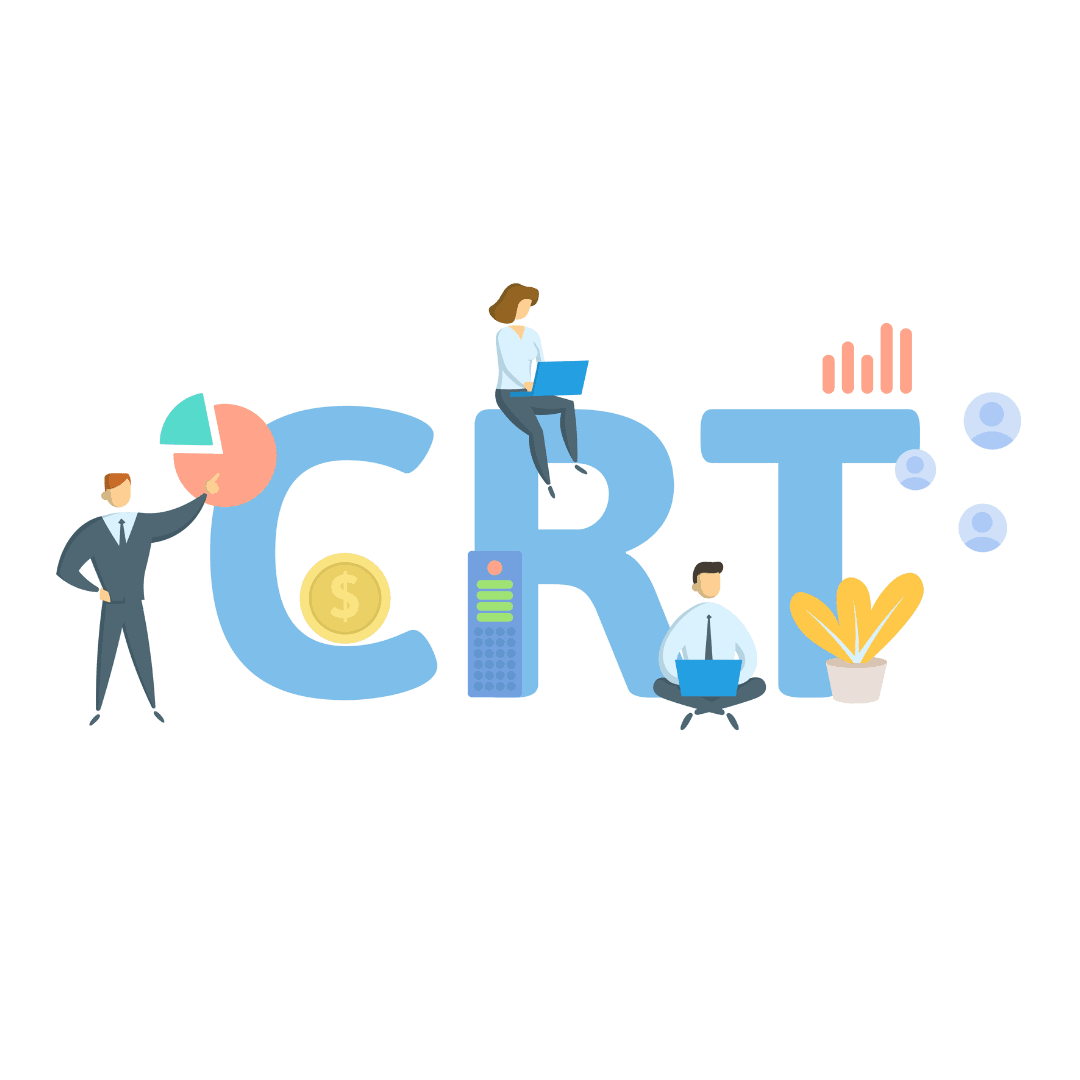When it comes to tax-saving strategies, sometimes the current economic and financial environment can make one strategy more effective than another. That’s certainly the case with a charitable remainder trust (CRT).
Indeed, CRTs are generally more attractive when interest rates are higher — and the prime lending rate is currently at its highest level since 2001. So, if you’re charitably inclined, a CRT may be beneficial to include in your estate plan.
Types of CRTs
A CRT is an irrevocable trust to which you contribute stock or other assets. The trust pays you (or your spouse or other beneficiaries) income for life or a term of up to 20 years, then distributes the remaining assets to one or more charities. When you fund the trust, you’re entitled to a charitable income tax deduction (subject to applicable limits) equal to the present value of the charitable beneficiaries’ remainder interest.
There are two types of CRTs, each with its own pros and cons:
- Charitable remainder annuity trusts (CRATs). A CRAT pays out a fixed percentage (ranging from 5% to 50%) of the trust’s initial value and doesn’t allow additional contributions once it’s funded.
- Charitable remainder unitrust (CRUTs). A CRUT pays out a fixed percentage (ranging from 5% to 50%) of the trust’s value, recalculated annually, and allows additional contributions.
CRATs offer the advantage of uniform payouts, regardless of fluctuations in the trust’s value. CRUTs, on the other hand, allow payouts to keep pace with inflation because they increase as the trust’s value increases. And, as noted, CRUTs allow you to make additional contributions. One potential disadvantage of a CRUT is that payouts shrink if the trust’s value declines.
Why CRTs work better when rates are high
To ensure that a CRT is a legitimate charitable giving vehicle, IRS guidelines require that the present value of the charitable beneficiaries’ remainder interest be at least 10% of the trust assets’ value when contributed. Calculating the remainder interest’s present value is complicated, but it generally involves estimating the present value of annual payouts from the trust and subtracting that amount from the value of the contributed assets.
The computation is affected by several factors, including the length of the trust term (or the beneficiaries’ ages, if payouts are made for life), the size of annual payouts and an IRS-prescribed Section 7520 rate. If you need to increase the value of the remainder interest to meet the 10% threshold, consider shortening the trust term or reducing the payout percentage.
In addition, the higher the Sec. 7520 rate at the time of the contribution, the lower the present value of the payouts and, therefore, the larger the remainder interest. In recent years, however, rock-bottom interest rates made it difficult, if not impossible, for many CRTs to qualify. As interest rates rise, it becomes easier to meet the 10% threshold and increase annual payouts or the trust term without disqualifying the trust.
Not right for all situations
Just because interest rates are currently high doesn’t mean you should rush to add a CRT to your estate plan. On the contrary, a CRT requires careful planning and solid investment guidance to ensure that it will meet your philanthropic needs. But when it’s properly structured and funded, a CRT may provide substantial benefits. Discuss your situation with your estate planning advisor.
© 2023


